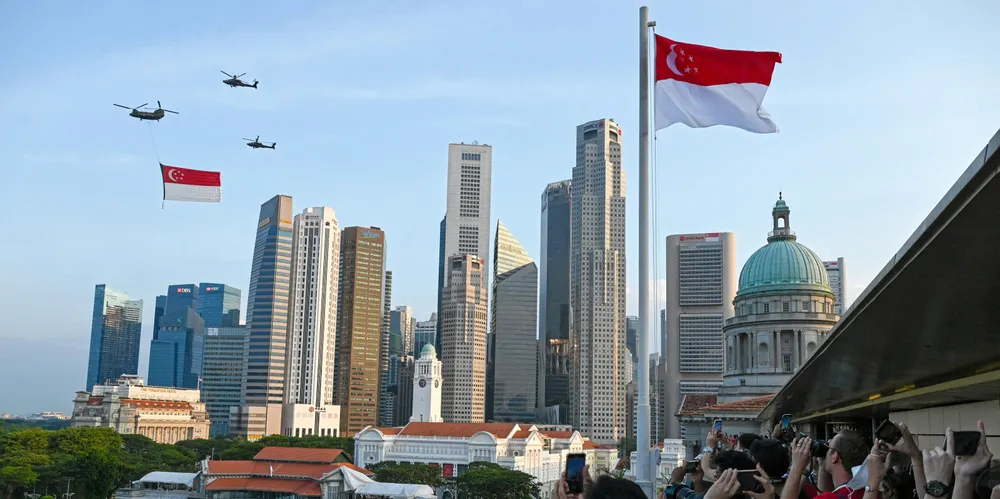100% ammonia burn | JERA opts in to hydrogen-based power plant demo in Singapore
Japanese behemoth builds on co-firing experience to trial 60MW ammonia-fired gas turbine with Mitsubishi, as island city-state ratchets up climate ambition

Japanese power giant JERA and Mitsubishi Heavy Industries (MHI) have joined forces on a plan to build a demonstration power plant that will burn 100% ammonia, made from hydrogen, at a Singaporean port – a move that comes with significant technical challenges.
JERA, a JV between Tokyo Electric Power (TEPCO) and Chubu Electric, has entered into a Memorandum of Understanding (MoU) with Mitsubishi Industries and Singapore’s Jurong Port to explore the development of the 60MW plant at the port, which houses many chemical and energy industries.
The trio say the proposal will stimulate demand for ammonia use in shipping and enable the use of “carbon-neutral” electricity, without specifying where the ammonia will come from or how it will be produced.
Ramp up
Mitsubishi has been working on direct combustion technology since 2021, concluding a pre-feasibility study on the direct combustion technology with Jurong Port in March. It plans to bring a 40MW ammonia-ready turbine to market by 2025.
And this project represents a significant ramp up in JERA’s ammonia ambition: the company has been working on co-firing ammonia in one of its Japanese coal-fired power plants since last year, securing subsidies to demonstrate 50% ammonia co-firing by March 2029.
It also aligns with the plans of Singapore’s government, which in February raised its ambition to reach net zero by 2050. The island city-state — which has a large maritime industry — has few renewable resources of its own and has made no secret of the fact that imported green hydrogen and ammonia will underpin its decarbonisation strategy.
“We feel this MOU could help pave the way for encouraging the adoption of hydrogen in Singapore through aggregation of demand across multiple sectors, mainly the power sector and the maritime sector, thereby addressing the chicken-and-egg conundrum of infrastructure versus demand needs for maritime and domestic power generation,” said Ooi Boon Hoe, chief executive of Jurong Port. “This collaboration is certainly consistent with the spirit of reinforcing Singapore’s premier bunkering hub status – for current, transition and future fuels.”
The raised ambition was announced alongside a significant ratcheting up of the country’s carbon tax, which is now set to rise from $5 per tonne today to $50-80 per tonne by 2030 – meaning that even co-firing coal with ammonia will become much more expensive.
“Given that transporting ammonia is much easier than transporting hydrogen, I think it is worth while doing, at least to explore the option,” Lambert added.